Comprehensive Energy Data Intelligence
Information About Energy Companies, Their Assets, Market Deals, Industry Documents and More...
The growth of the U.S. oil and gas industry in 2022 will come from smaller companies and private businesses
10/07/2021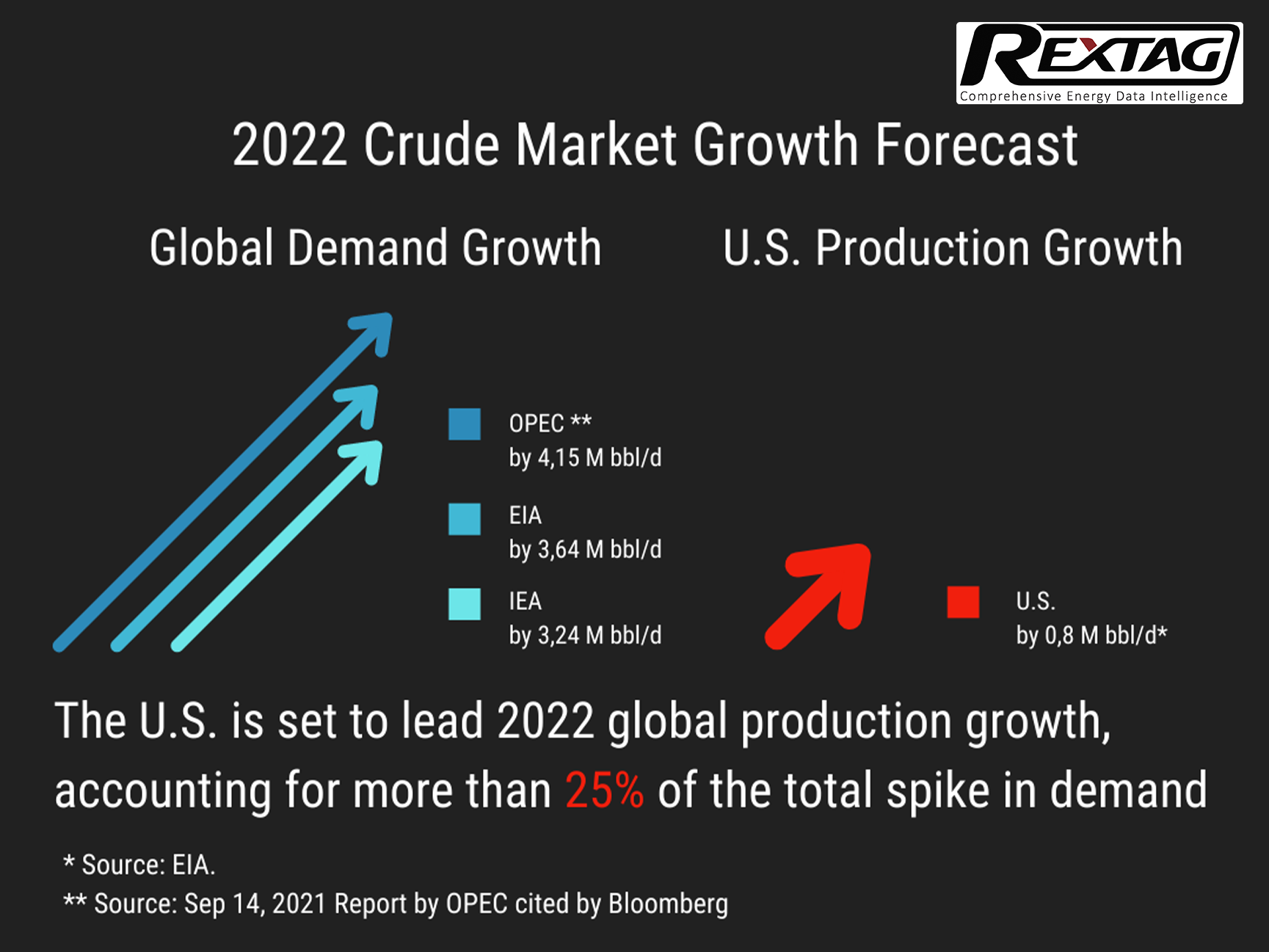
The U.S. is expected to see an increase in oil production thanks to little-known private companies that are unaffected by stock market pressures. By 2022, oil output is expected to grow by 800,000 bbl/d, increasing sharply from this year and making the U.S. the fastest-growing oil producer outside of the OPEC cartel.
Surprisingly, the rise is not being driven by major oil companies. More than half of total U.S. output growth next year will come from privately-held producers, versus regularly expected 20%.
Currently, oil prices are hovering around $70/bbl, which makes most shale wells profitable to drill. Yet, despite huge losses resulting from the pandemic as well as unsustainable drilling rampage, the majority of leading oil companies have promised their shareholders to limit the amount they spend on growth for now. In contrast, private companies decided to bite the bullet, and have been leading the rise in oil and gas rigs drilling in the U.S. this year, which has more than doubled over from past September.
The onset of the Coronavirus pandemic of late 2019 dethroned the American oil industry from the leading position — which it got thanks to active shale field development — by forcing States to slow production from a peak of about 13 million barrels/day in late 2019 to about 11.1 million barrels/day by the end of 2020 due to low oil prices and falling demand.
Nevertheless, increasing crude oil production is now on the government agenda after the impact of Hurricane Ida, and expects production to reach 12.2 million barrels/day by the end of 2022. It is projected that drilling and bringing new oil wells online will grow more than $15 billion in one year.
In times of tight oil supplies, U.S. growth will impact world oil market balances. Currently, OPEC+ nations alone have been bringing about 400,000 bbl/d of new production volumes to the market each month in response to the unprecedented cuts last year.
Bank of America also expects to see new supplies from the United States of about 800,000 barrels per day in 2022 in a bid to ease supply concerns. And even with a strong comeback from the U.S., crude prices should still hold well above $70/bbl next year and could, potentially, even jump as high as $100/bbl.
Despite these prospects, many leading oil companies still decided to bow down to their shareholders, putting profits overproduction increases.
Although the oil and gas sector has been on a decline for the past couple of years, changes in the public’s perception of the industry might not be too far away. A recent rise in oil prices is being accompanied by a continued level of capital discipline from producers, which could lead to a healthier reputation for the sector.
At Rextag we also expect to see some fairly major shifts in perception, in line with the way other sectors dealt with shifts in business models.
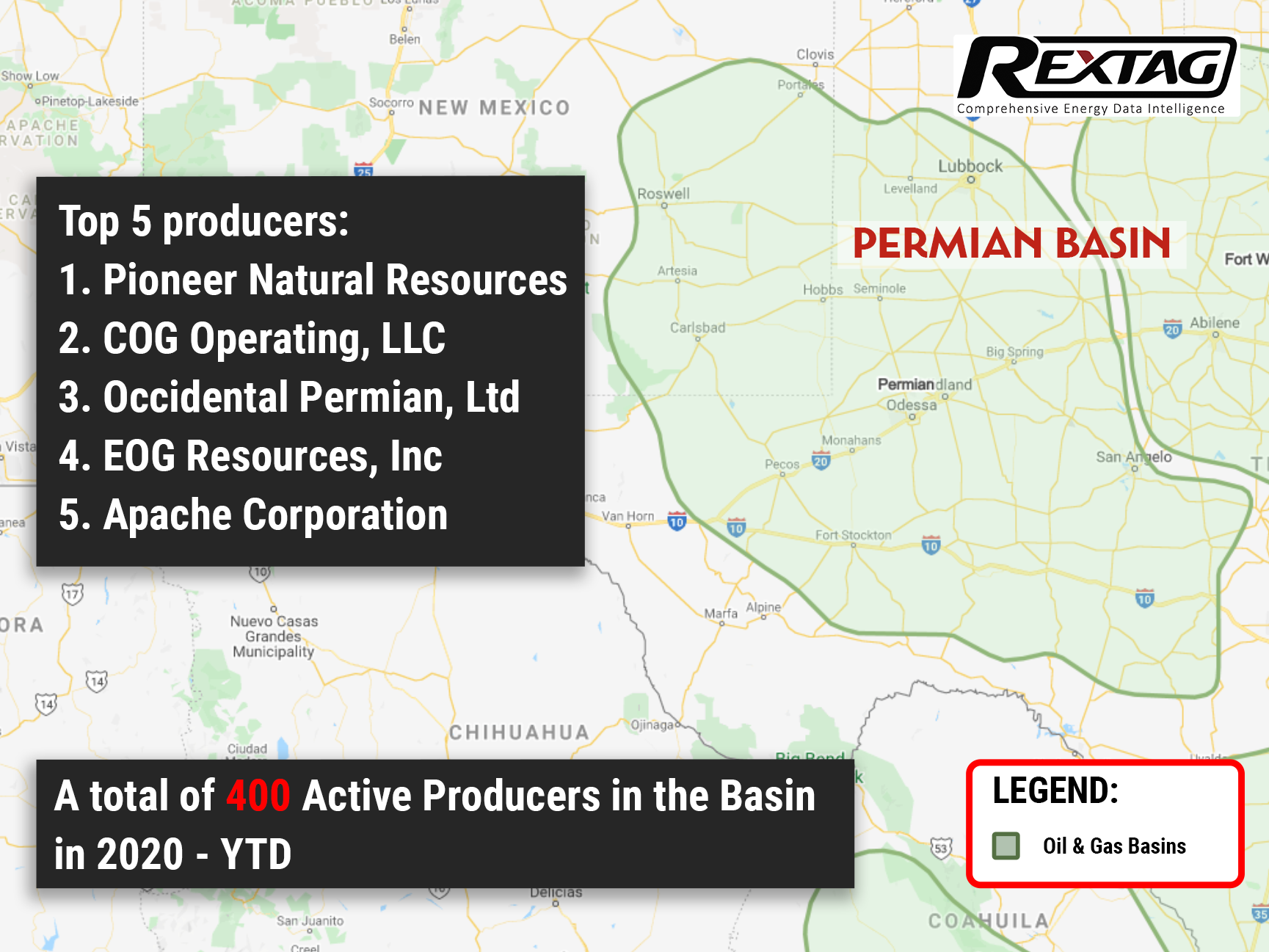
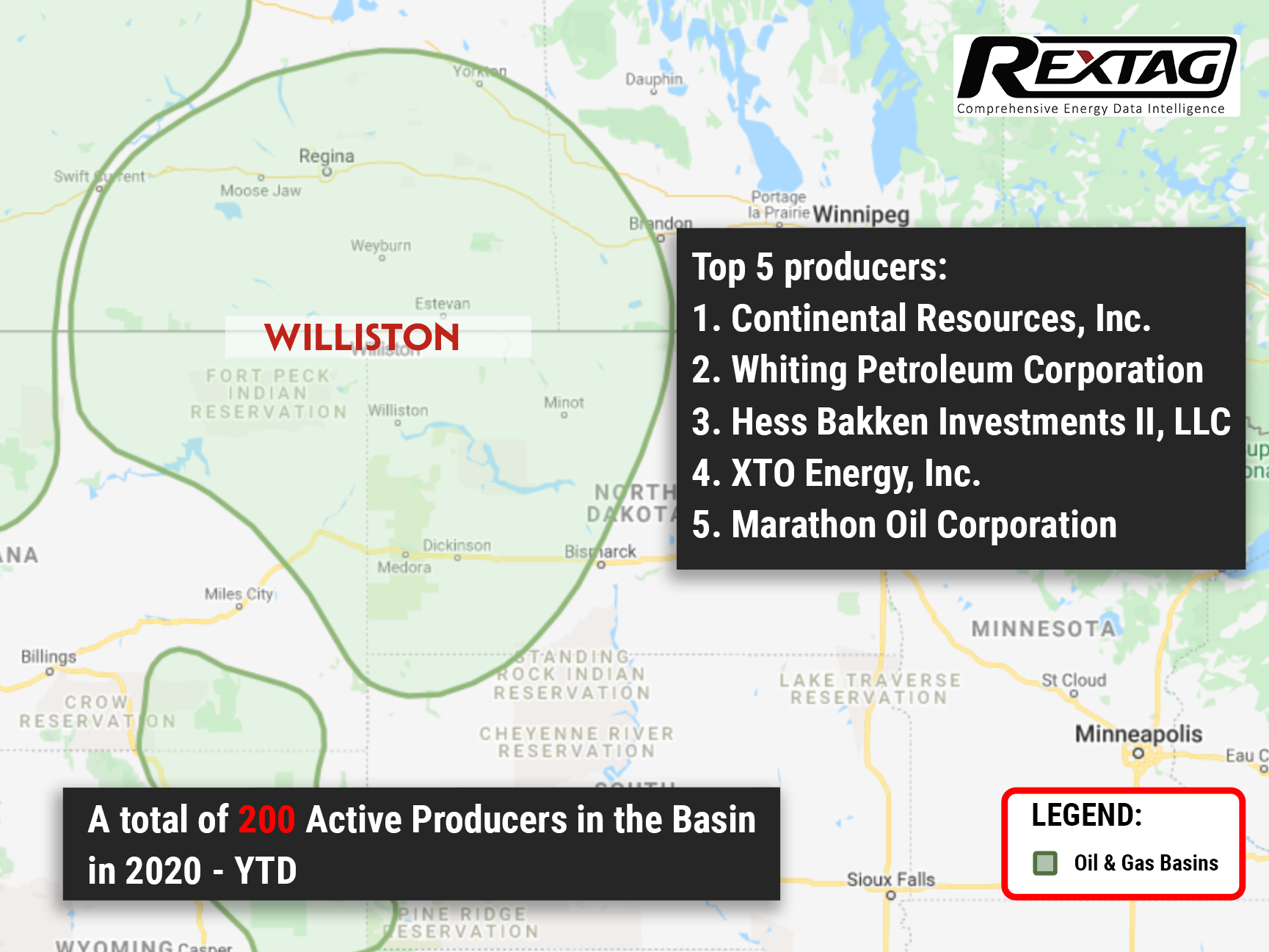
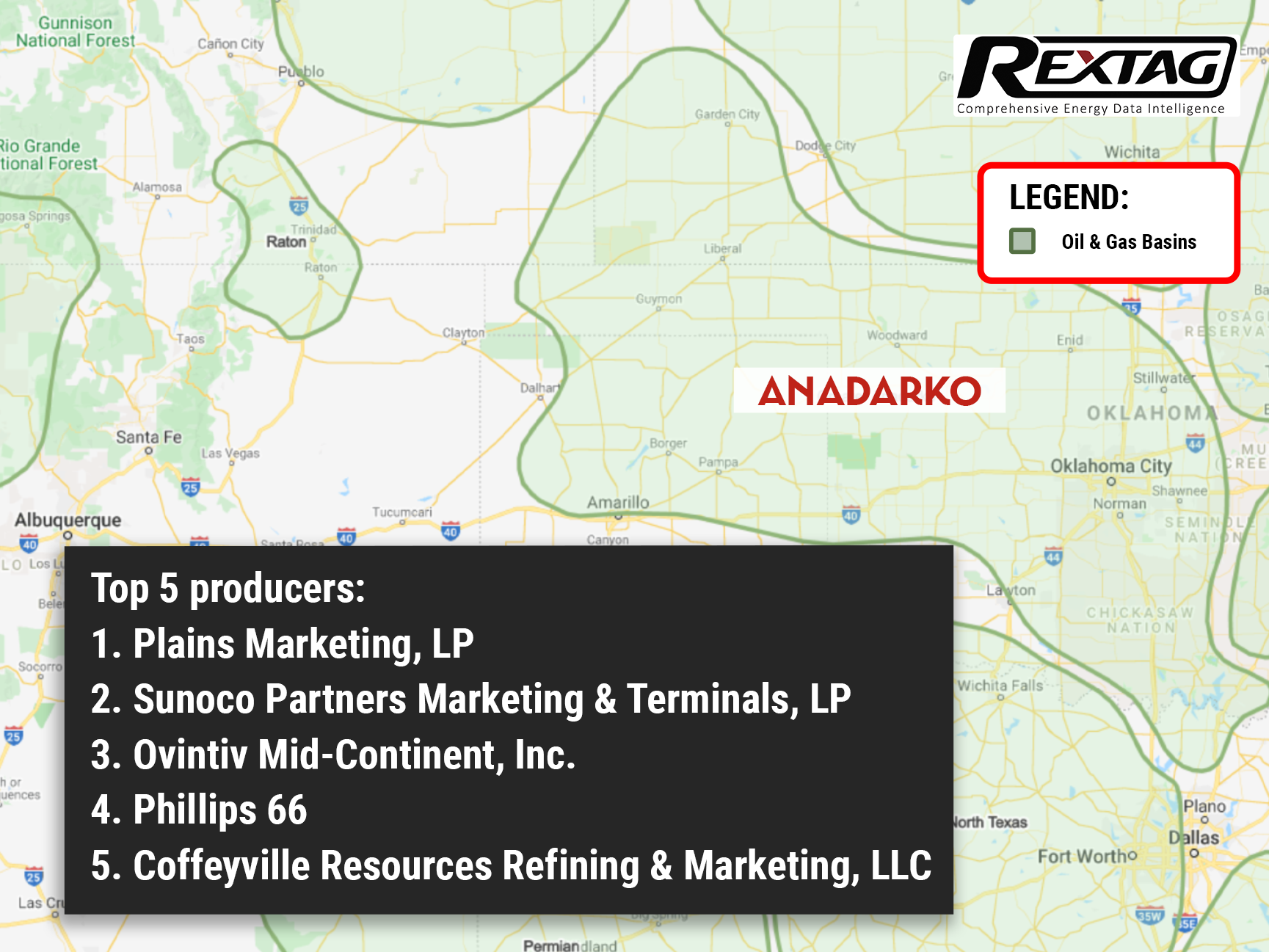
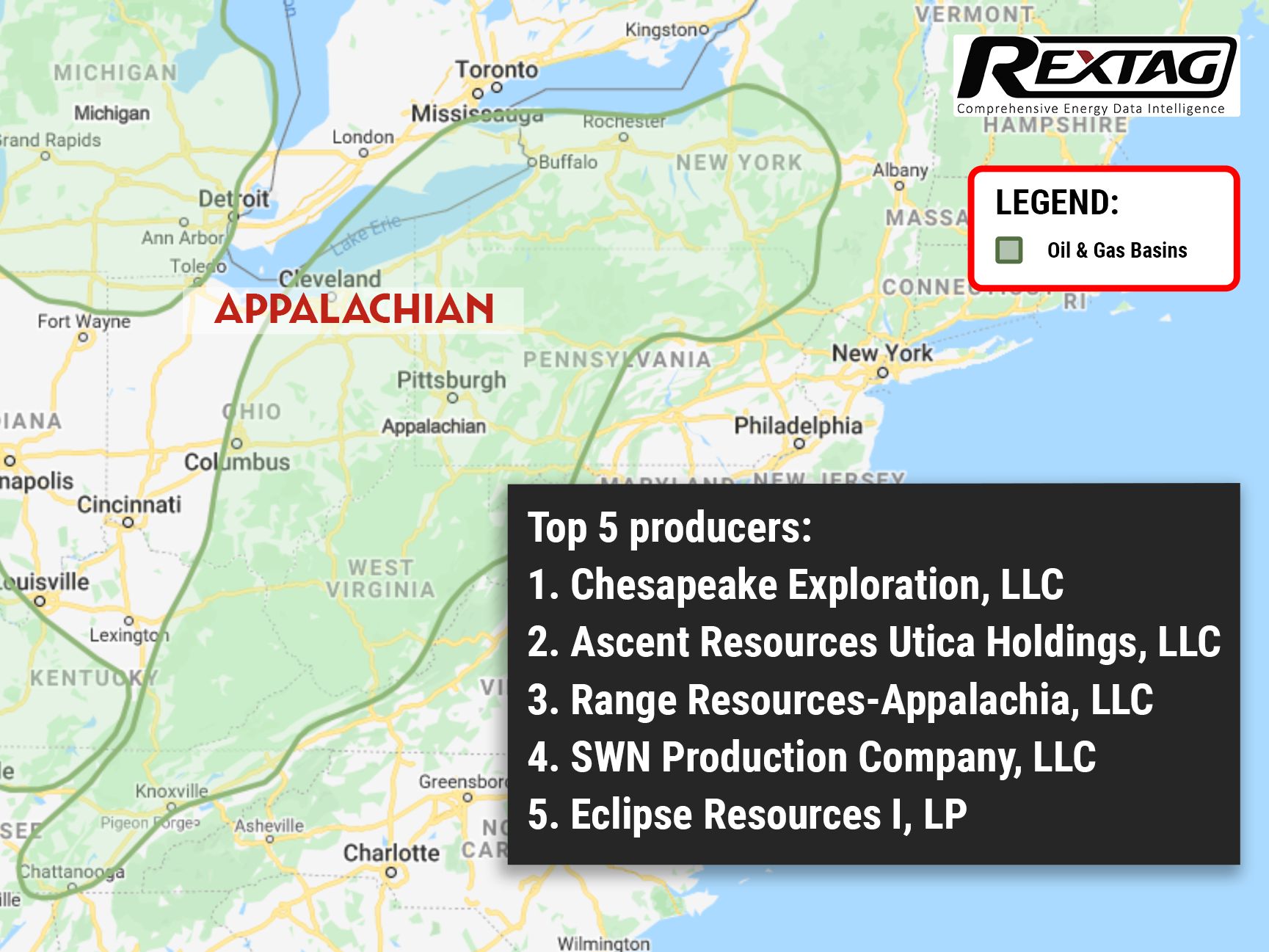
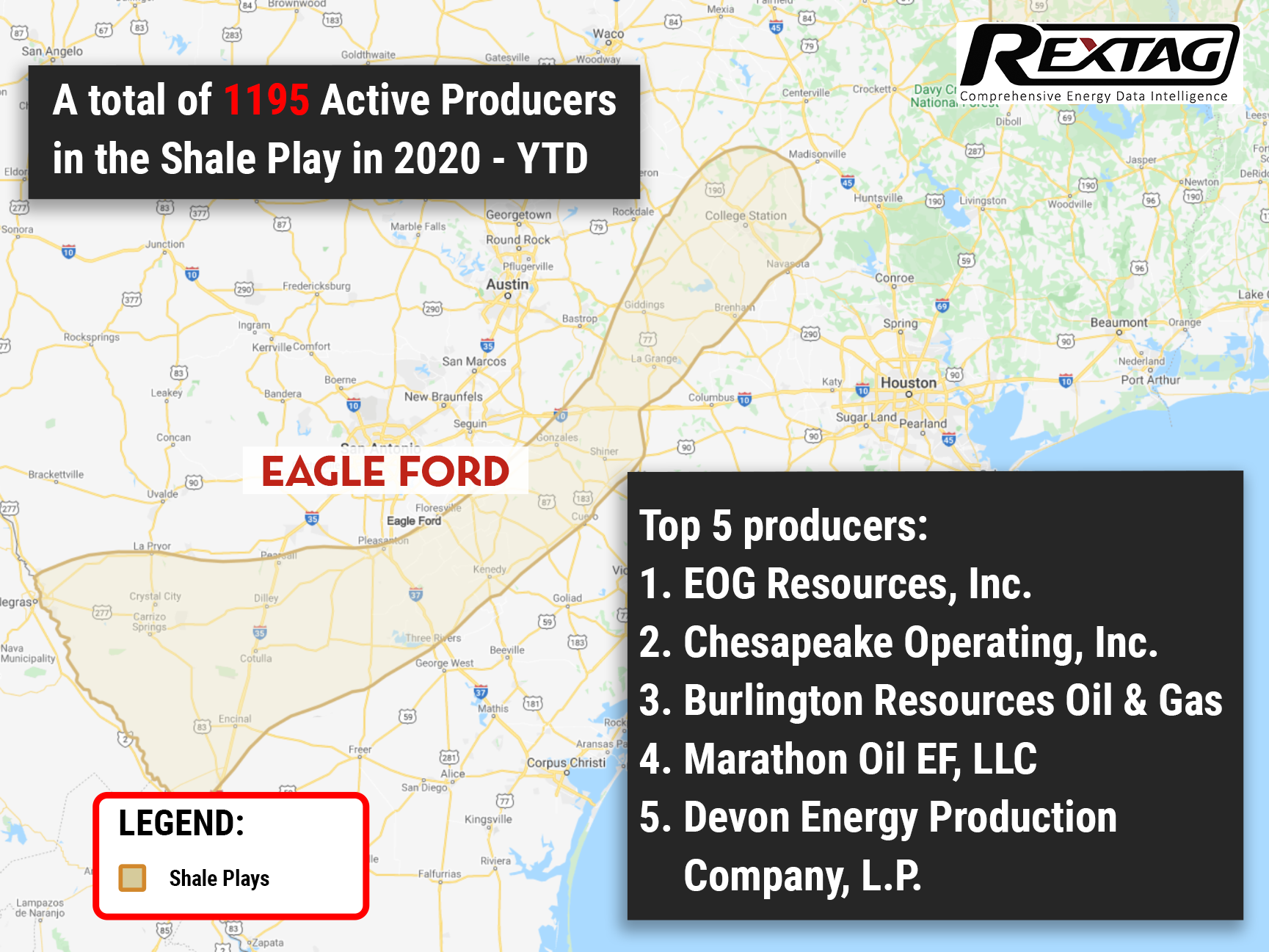
If you are looking for more information about energy companies, their assets, and energy deals, please, contact our sales office mapping@hartenergy.com, Tel. 619-349-4970 or SCHEDULE A DEMO to learn how Rextag can help you leverage energy data for your business.
Blockchain as a technology for smart contracts in O&G
![$data['article']['post_image_alt']](https://images2.rextag.com/public/blog/WPostR12_Blockchain_as_a_technology_for_smart_contracts_in_Oil_and_Gas.png)
The oil and gas industry has long relied on the recommendations of trusted experts to make key supply chain decisions. The growing popularity of Blockchain technology could significantly disrupt these relationships by providing an unbiased methodology for sourcing, tracking, and executing transactions on behalf of customers with transparent data sets across supply chain endpoints. Blockchain technology has already been used by many global companies in the last two years in various areas such as IoT (Internet of Things), smart contracts, and cryptocurrencies. It has enabled businesses to benefit from the inherent trust and transparency of the technology.
A&Ds in O&G forecast for 2023, trends and factors that influence this
![$data['article']['post_image_alt']](https://images2.rextag.com/public/blog/R126_B_A&Ds_in_O&G_forecast_for_2023.png)
“Our view is in 2023 M&A picks up. There was some this 2022 year, but again, it was such a funky, weird macro world. We expect fewer surprises in 2023.” — Dan Pickering, Pickering Energy Partners. Modern companies in the world operate in a rapidly changing external environment, so the process of reorganization is one of the basic tools for solving the problem of adapting companies to new conditions. Recently, the number of Acquisitions and Divestitures in the oil and gas industry has been growing rapidly, i.e. it can be said that the market for these deals is dynamically developing.
![$data['article']['post_image_alt']](https://images2.rextag.com/public/blog/184Blog_Rangeland Energy Divests Canadian Pipeline to Kingston Midstream.png)
Rangeland Energy has agreed to sell Rangeland Midstream Canada to Kingston Midstream Alberta and remains committed to future Canadian midstream investments. Texas-based Rangeland Energy, supported by financial partner EnCap Flatrock Midstream, has inked a deal to sell its Canadian subsidiary, Rangeland Midstream Canada Ltd., to Calgary's Kingston Midstream Alberta Ltd. for cash.
![$data['article']['post_image_alt']](https://images2.rextag.com/public/blog/187Blog_ONEOK Completes Acquisition of Magellan Midstream.png)
The merger between ONEOK and Magellan received approval from Magellan shareholders, securing just 55% of the total votes at Magellan’s meeting on Sept. 21. ONEOK Inc. has successfully concluded the acquisition of Magellan Midstream Partners LP on Sept. 25. The deal will bring together their respective assets and expertise, resulting in a powerful entity boasting an extensive network of approximately 25,000 miles of pipelines primarily focused on transporting liquids.
![$data['article']['post_image_alt']](https://images2.rextag.com/public/blog/186Blog_Viper Energy Secures $1 Billion in Permian.png)
Viper Energy's deal, comprised of cash and equity, secures an additional 2,800 net royalty acres in the Midland Basin and 1,800 in the Delaware Basin. Viper Energy Partners LP, a Diamondback Energy Inc. subsidiary, has inked a deal to acquire mineral and royalty interests in the Permian Basin. The deal, valued at around $1 billion, is with Warwick Capital Partners and GRP Energy Capital. Viper was established by Diamondback with the purpose of owning, purchasing, and capitalizing on oil and natural gas assets in North America, specifically targeting mineral and royalty interests.